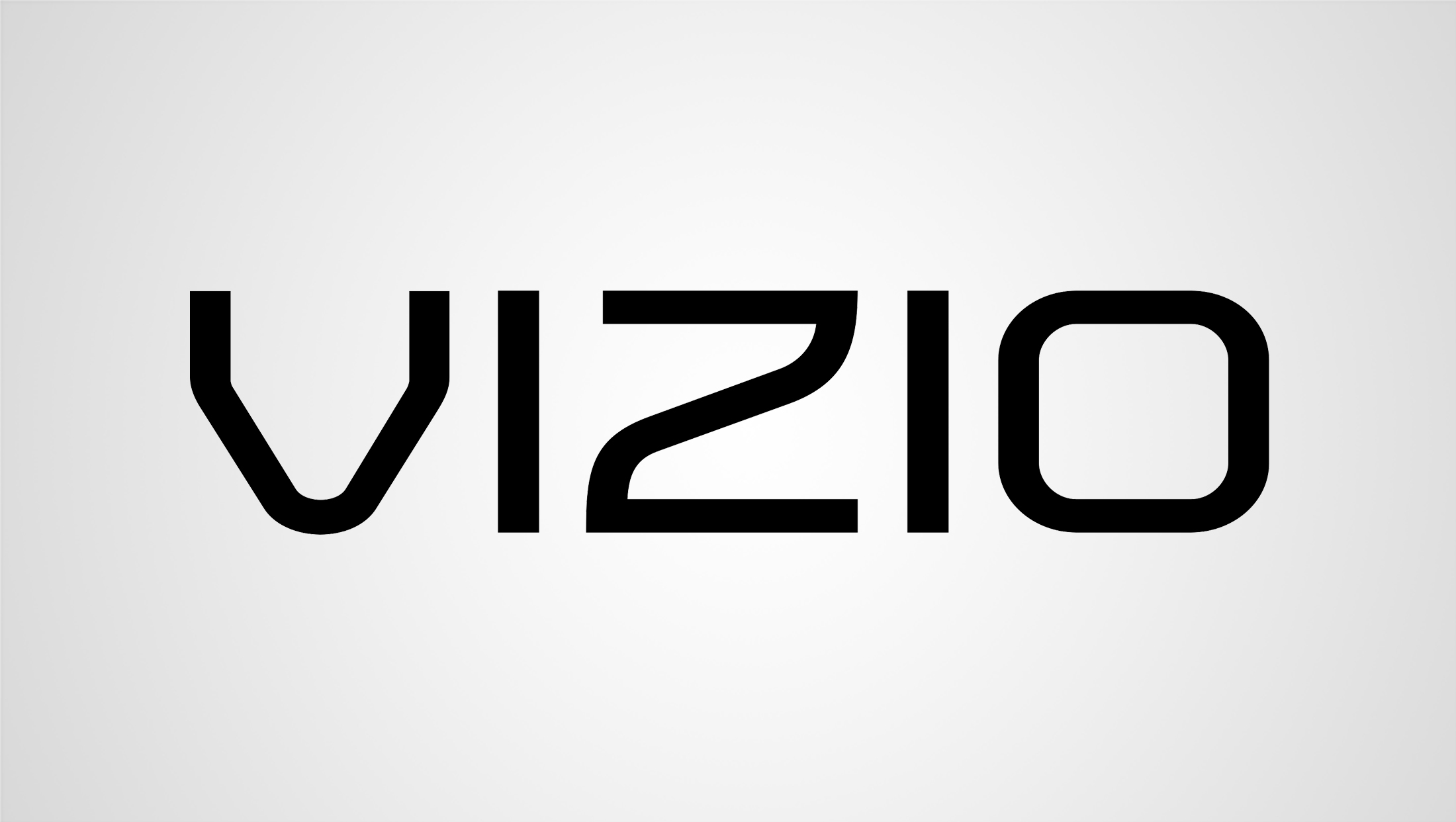Walmart withdraws initial antitrust form related to Vizio acquisition, will re-file March 29

Subscribe to NCS for the latest news, project case studies and product announcements in broadcast technology, creative design and engineering delivered to your inbox.
Just over a month after announcing its plans to buy TV manufacturer Vizio, Walmart says it will re-file its antitrust filings connected to the purchase, giving regulators more time to review the materials.
Walmart announced it would buy Vizio in Feb. 20, 2024, acquiring the company’s manufacturing arm and SmartCast connected TV platform. The move was widely seen more as a way for Walmart to boost its advertising and data businesses than the actual manufacturing of TVs and CTVs.
Since then, the retail giant has submitted preliminary filings to the Federal Trade Commission and U.S. Department of Justice centered on potential antitrust concerns. This practice is common when large-value companies announce plans to acquire another.
After some informal discussions, Walmart notified the SEC that it will voluntarily withdraw its initial Hart–Scott–Rodino Antitrust Improvements Act notification report form and refile it later.
The move is, at least in part, to allow regulators more time to review the report, according to a statement by Walmart. Filing the notification form automatically triggers a 30-day period during which regulators can review the information and request additional details.
Walmart expects to re-file its HSR notification March 29, 2024, which effectively extends regulators’ window to review and request details to April 29, 2024.
It’s not immediately clear if regulators had any objections to details in the form or what, if any, updates may be made. HSR notifications are not public record.
Walmart is set to pay $2.3 billion for Vizio.
While Walmart carries televisions from Vizio and other manufacturers and likely could benefit from having direct access to the manufacturing process, a key motive in buying Vizio is to acquire its advertising business, a move that could shake up the streaming ad and CTV industry.
Walmart, like other big retailers, has been exploring ways to use the massive amounts of data it holds on millions of households, gleaned from online sales and other tracking, to sell advertising.
One advantage Walmart has is that an estimated 90% of American households shop at the chain during any given year.
Currently, the chain sells advertising on its website as well as activations within brick and mortar stores.
The company sold $3.4 billion in advertising in 2023, but that’s less than 1% of its total sales.
Going forward, Walmart could potentially combine the data it has and its existing advertising business into Vizio’s.
That will be possible thanks to the over 18 million active SmartCast accounts that run on Vizio TVs.
Vizio inserts advertising into select content accessed through its platform and also allows content owners to promote their content within the user interface, much like retailers like Walmart charge manufacturers for premium shelf space within traditional stores.
There’s also the potential for exploring more shoppable ads, something that Amazon has rolled out, to varying degrees, with its digital content businesses including FAST streamer Freevee and, now, select Prime Video streams.
No matter the format, it’s likely that Walmart will eventually tightly integrate IDs from its existing digital properties into Vizio’s SmartCast, allowing it to both show ads and gather consumer data across a wider ecosystem and with more effective targeting.
Groceries, which is a key part of Walmart’s revenue, have a notoriously low profit margin, so expanding its advertising business could play a key role in profits for the company into the future.
Meanwhile, Walmart has been heavily investing to build up its digital properties after missteps into the land of ecommerce now dominated by Amazon. It continues to drive consumers to its website, which can help it generate revenue from both sales and advertising, including promoted search results.
Its Walmart+ subscription plan, which is often compared to Amazon Prime, which offers benefits in-store and online, including key ways for it to tie purchasing history to accounts — such as its mobile “scan and go” feature that lets shoppers scan items as they shop and enjoy expedited checkout.
It also features free delivery on groceries and most items on Walmart.com, which are also tied to a username.
Walmart also has a deal with Paramount+ to offer Walmart+ members access the essential plan at no additional cost, a move that was largely seen as a strategic move against Amazon.
There have also been reports that Walmart is interested in buying a streamer outright, which would likely complement its purchase of Vizio and allow it to leverage its existing trove of consumer data to sell advertising. It previously operated a DVD-by-mail business similar to Netflix.
It also previously acquired streamer Vudu in 2010, but sold it to NBCUniversal and Warner Bros. Discovery’s Fandango Media joint venture in 2020.
Whereas Walmrt had to convince consumers to subscribe to a new service with Vudu, buying Vizio will give it essentially instant access to those 18 million accounts. Walmart could also leverage its strengths as a retailer to get more Vizio TVs into the homes of consumers, thus increasing demand for the operating system.
Subscribe to NCS for the latest news, project case studies and product announcements in broadcast technology, creative design and engineering delivered to your inbox.





tags
Federal Trade Commission, Mergers and Acquisitions, sec, SmartCast, U.S. Department of Justice, Vizio, Walmart
categories
Broadcast Industry News